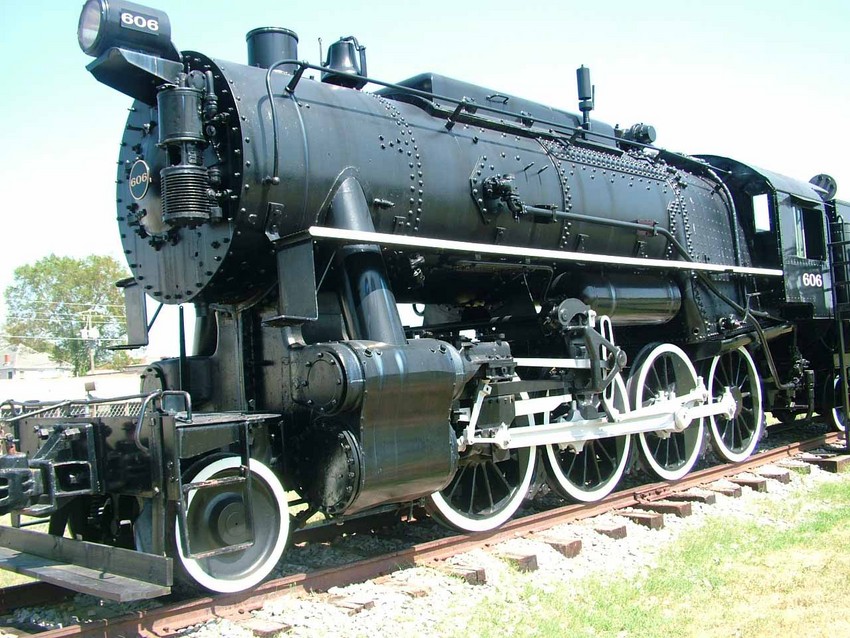Back in the early days of railroading across the British Empire, most railroads ran on separate gauges. However, efforts were eventually made to consolidate them all on one gauge. Typically the choice was between Cape (3ft 6in) and Standard (4ft 8.5in). But in all those cases where this was the case; South Africa, the Dutch East Indies, and New Zealand; the latter won out.
But what if Cape Gauge was chosen? How would it affect rail transport in these nations.
But what if Cape Gauge was chosen? How would it affect rail transport in these nations.

